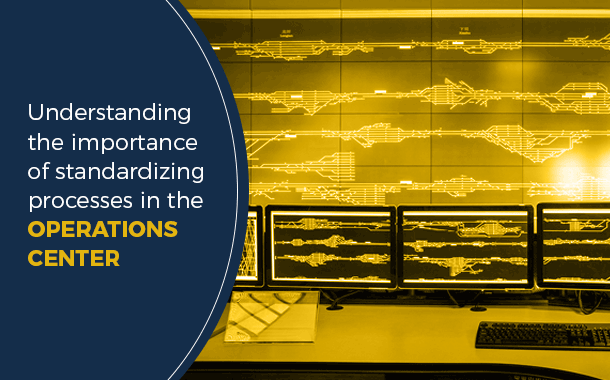Your railroad’s information centralized in the Rail Movement Planner™
The railroad has a lot of departments and each operation has a sector that is separated from each other. Due to these silos, each employee will try to execute a plan their own way, what will be good for their sector. But is it the best for the railroad? That’s when the Operation Center (OC), which controls the train network, takes action to fulfill everybody’s expectations.
Rail Movement Planner™ is a great ally for the OC because it will be the responsible for uniting everybody’s plan and materializing into the company’s plan. As we said before, each sector wants to perform the plan their own way, but Rail Movement Planner™ will not allow that, because it won’t serve only sector A or B but the whole railroad, the business. A practical example: Operation Center receives a rail maintenance demand, puts the information into the Rail Movement Planner™ and makes a circulation plan. At the end, it’s possible that this plan is, perhaps, unviable, since a last-minute demand could arrive. It’s necessary, then, another plan, an intermediate plan.
Each department has one kind of demand
For example, Commercial Department has the objective of delivering the load to its destination. The Maintenance Department, on the other hand, wants to guarantee that the railroad doesn’t stop in the middle of a process. Therefore, the Operation Center, that receives everyone’s demands, is the area that decides how and when the load will be delivered, every day, and is the one that will determine the plan. Through Rail Movement Planner™, the OC can execute a planning that meets everyone’s needs and, if something unexpected happens, the operator is able to negotiate right away. For example: tomorrow, X hours of maintenance will be required at kilometer Y. However, based on the plan made by Rail Movement Planner™, you can negotiate previously what will happen in the next day.
How does the OC work?
Operation Center is a place where the information comes and changes very often. That means the decision must be made quickly, because if you take 30 minutes to deal with an information, it will already be outdated, and the decision will be inadequate. Rail Movement Planner’s greatest challenge is exactly this: fed with all the ever-changing information that OC receives, the goal is to connect all that data and generate a plan that meets all the departments’ needs and benefits the railroad.
Does Rail Movement Planner™ solve your railroad’s problem?
In older times, the Control Center operator would plan based on his expertise and background. They would listen to everybody, take notes on a paper and build the plan. Nowadays, since everything is connected, the operator doesn’t need to do this rough job anymore, but only the analytic job. The information that were loose are now connected and comes to the end user visually. Rail Movement Planner™ is able to organize all these data for the business’ needs. In the end, all the departments’ information is up to date, the created plan is the best for the railroad and, finally, the load is delivered to all customers.
So, we’ve concluded that Rail Movement Planner’s greatest job is to collect all the information that is around it, coordinate them, generate a train circulation plan that meets everybody’s needs – especially the business’ – and that is adherent to what was programmed.
Make your railroad’s simulation! Contact our team and use the best railway plan!
















